It’s no secret that disruptive behavior is on the rise in K–12 classrooms. Teachers across the US find themselves battling constant interruptions that impact their ability to teach effectively.
A study conducted by the EdWeek Research Center found that 72 percent of teachers have seen an increase in student misbehavior since 2019. According to a survey conducted by Pew Research, 80 percent of K–12 teachers said they have to address misbehavior multiple times a week, with 58 percent reporting that it’s a daily occurrence. In addition to misbehavior, 57 percent of teachers said they help students manage mental health challenges at least a few times per week.
In addition to the time these disruptions take away from teaching and learning, many teachers feel ill-equipped to manage the increase in challenging student behavior on their own. This is particularly true for those who are new to the profession. A study of 25,000 novice teachers revealed that struggles with classroom management contributed significantly to turnover.
An inability to effectively manage student behavior is among the most frequently cited reasons by early career teachers leaving their schools.
“Refining” Our Understanding of Early Career Teacher Skill Development: Evidence From Classroom Observations
Classroom misbehavior isn’t just a discipline issue; it’s a teaching and learning issue. So what can schools do to address the rise in classroom disruptions and misbehavior?
Tracking student behavior
It can be difficult for teachers who juggle dozens of students each day to keep track of all the behaviors that get in the way of learning.
Maintaining a record of student behavior — both positive and negative — is essential to understand where students excel and the areas where they need extra support. Instead of viewing behavior as a series of isolated incidents, teachers can use tracking to identify patterns and make more informed decisions about how to address misbehavior.
There are several methods schools can use to track behavior, each suited for different situations:
- Interval tracking documents whether a behavior occurred during a particular interval. This is useful for behaviors that occur sporadically or continue over longer periods. A teacher might divide a block of independent work time into five-minute intervals and record whether a student was engaged and working on the assignment or distracted and off-task at each check. This gives them a clear picture of how consistently the student is able to focus, rather than just noting isolated incidents.
- Frequency tracking records the number of times a behavior occurs within a given time period. This method is best for tracking behaviors with a distinct beginning and end, such as how often a student speaks out without raising their hand. Tracking the frequency of a behavior over several days or weeks allows teachers to see if the behavior is improving, staying the same, or escalating.
- ABC behavior tracking is a more detailed way to track behavior. It starts with the antecedent (what was happening before the behavior started), then moves on to the behavior itself and the consequence (what happened after the behavior). By breaking an event into these three components, teachers can identify the trigger that incited the behavior and introduce strategies to avoid or address that trigger in the future.
Tracking student behavior doesn’t have to be complicated. Something as simple as a checklist can help teachers track and measure student progress. More comprehensive tracking methods, however, can provide greater insight into the factors that motivate specific behaviors.
Digital behavior reports
Principal Joshua Depoe uses digital discipline referrals to track and manage student behavior at Benton Elementary. Instead of filling out paper forms, teachers record incidents via a digital form that’s automatically forwarded to their behavioral team.
Recording incidents digitally not only makes it easier for teachers to share data with school administrators; it also standardizes the way that behavior is reported.
By viewing the total number of tickets and organizing them into categories, the behavioral team can develop targeted social and emotional learning plans that address the root causes of student misbehavior. The team looks at the time and location to determine where and when extra support is needed.
Noting which students were involved helps them determine if the misbehavior is an individual or grade-level problem so they can plan the appropriate next steps. Tracking trends in behavior frequency lets them know if their interventions were effective.
[W]e’ve learned that Mondays are difficult for many students. As a result, each Monday we begin the day with 30 minutes for class meetings and social and emotional learning time. Giving our staff this time has helped us reduce occurrences of those Monday issues.
Using Data to Proactively Manage Student Behavior
This data-informed approach takes the pressure off individual teachers to manage student behavior on their own. It also provides schools with the knowledge they need to stop that behavior from continuing in the future.
Tools to track student behavior
Teachers are already short on time. They need practical tools that make it easy to document where, when, and how often students are misbehaving without adding extra tasks to their workload.
Using AI Agents as part of the behavior tracking process can simplify incident reporting, while providing a more comprehensive understanding of student misbehavior.
The conversational nature of AI Agents encourages the teacher to provide a more detailed account of what happened. This interactive dialogue can help capture information about the environment or situation that influenced the student’s behavior — crucial details that may otherwise be missed.
The Student Behavior Tracking AI Agent provides teachers with a simple, structured way to monitor student behavior across the school day. Maybe a student is attentive in the morning but struggles with focus in the afternoon, or they are helpful during group work but become disruptive during transitions.
By focusing on both a student’s strengths and challenges, educators can develop a more accurate picture of how that student is doing in class and pinpoint the areas where the student may need more support.
The Student Observation Assistant helps teachers, aides, and support staff capture important details about a student’s behavior, social interactions, and academic performance. This record provides a valuable reference point for monitoring progress, sharing at parent-teacher conferences, and creating individualized support plans.
The Behavior Observation AI Agent can collect detailed information about a specific incident, including the time, location, and intensity of the behavior. If an argument breaks out during recess, the agent can guide the observer through recording exactly what happened, who was involved, and what responses followed. With accurate documentation, educators can easily identify patterns and decide on the appropriate next steps.
AI Agents make behavior reporting more accessible too. Schools can embed behavior reporting agents in a web page as chatbots or create a dedicated app to house the agents. Teachers can download the app to their desktop or mobile device so they can record incidents right away.
It’s easy to train AI Agents on behavior policies and standards. This equips them to collect data about behavior, as well as provide teachers with the appropriate next steps and escalate cases to the proper point person.
AI Agents can automatically forward reports to counselors or the principal, and even contact the student’s guardians to keep them informed — eliminating unnecessary back and forth and follow-ups between teachers, administrators, and guardians.
Behavior intervention with AI Agents
Improving student behavior goes beyond recording and reporting incidents. Teachers also need a way to address the behavior in the moment.
Instead of punitive consequences that seek to punish challenging behaviors, teach students to think about their actions. When educators create thinkers, students begin to manage their thoughts and behaviors.
My Teachers Were in ‘Survival Mode’ Over Student Behavior. We Had to Reset
AI Agents can guide students through meaningful reflection and help teachers quickly identify the underlying causes of their misbehavior. Self-reflection encourages students to think critically about their behavior, what they were hoping to achieve, and the consequences of their behavior. This shifts the focus from punishment to growth and empowers students to take ownership of their actions.
The In-School Suspension Reflection AI Agent encourages students to think about their behavior through conversations. Students can discuss the reasons for their actions, while considering alternative approaches they could take in the future.
This conversation not only helps students reflect on and improve their behavior, it provides teachers with insight into how they can better support their students going forward. The agent can also be trained to direct students to additional resources that provide support beyond what teachers can offer alone.
Teachers can use the Behavior Plan AI Agent to prepare next steps for students based on school policies. By interacting with the agent, teachers can create tailored behavior interventions, and students can develop a better understanding of their obligations and expectations.
In addition to providing support in class, AI Agents can help students be proactive about improving their behavior. The School Counseling Intake AI Agent enables students and their guardians to request counseling services.
This agent seamlessly gathers essential information from students and simplifies the intake process so school counselors can provide personalized support. Schools can train the agent to provide specific responses to questions, as well as provide support.
By combining proven behavior tracking strategies with AI-powered tools, schools can reduce disruptions and help students build the habits and skills that will help them succeed in and out of the classroom.
More importantly, these tools give teachers the confidence and consistency they need to manage behavior fairly and effectively.
Whether it’s identifying patterns, guiding a student through reflection, or connecting students to support services, digital tools are practical assistants that help strengthen behavior management and transform the classroom for both teachers and students.
See what else Jotform Enterprise can do for your educational institution.






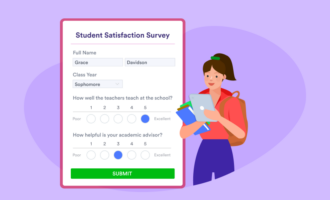












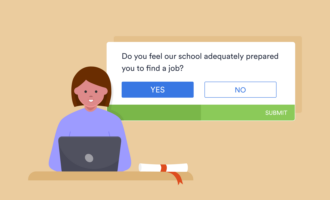


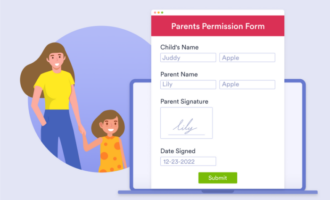

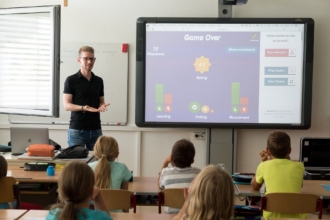


















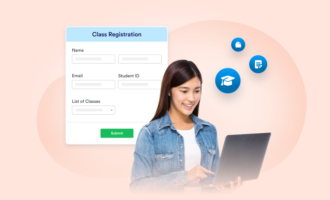


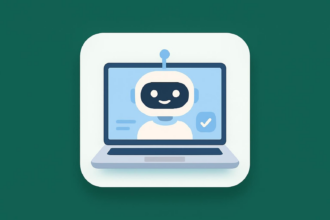


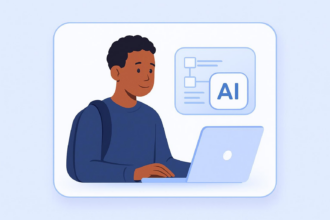

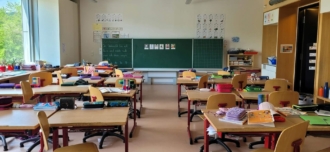





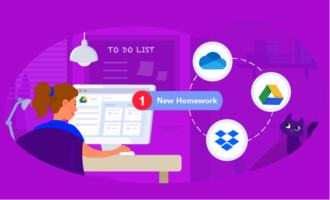







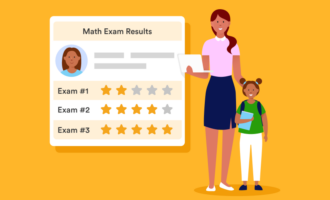










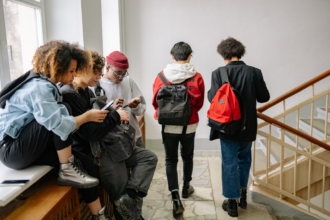












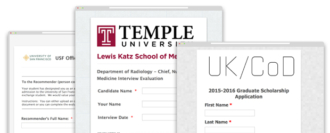








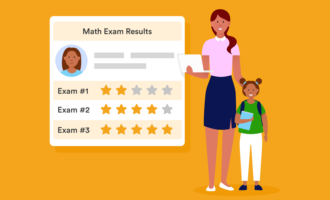


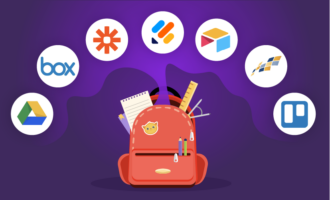


Send Comment: